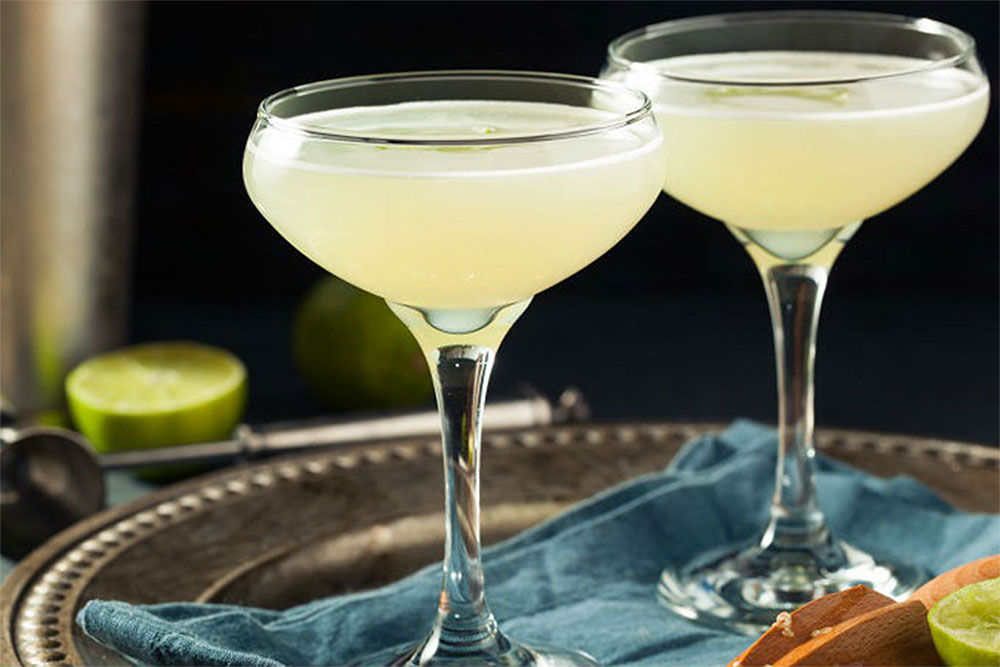When you hear the word “gimlet,” what do you think about? If you’re not a big gin (or cocktail) drinker, you might confuse it with goblet and think about a big chalice or some other drinking receptacle. But a gimlet is actually a cocktail that has its origins in the 1800s.
The original gimlet was (and still is) simply made with gin and lime cordial (or sweetened lime juice). One of the most popular sweetened lime juices is Rose’s. First introduced in 1867, it was a popular choice by the British Navy to add sweetness and lower the proof of their high-proof gin rations. It gained in popularity in the early 20th century. And, like many classic cocktails, it has gained a new faithful following with the rise in cocktail culture of the last two decades.
A different take

Sure, the original gimlet is gin-based. But what if you simply don’t like gin? To some, it’s a bit of a divisive spirit. With all that piney juniper and the various botanicals, some drinkers think it tastes like drinking a field of flowers. Luckily, for these drinkers, there are different takes on the popular drink.
Like with many gin-based cocktails, classic and contemporary, the juniper and botanical flavor that might be overwhelming to some. Luckily, there’s a simple spirit swap for these folks. Instead of gin, use neutral-flavored, never show-stealing vodka instead.
The vodka gimlet

If you already know how to make a classic, gin-base gimlet, you already know how to make a vodka gimlet. This drink couldn’t be easier to construct. And while many drinkers well tell you that a gimlet isn’t a gimlet without Rose’s Lime Juice, we’re looking for a fresher, cleaner take on the classic drink. That’s why we’re making ours with vodka, fresh lime juice, and simple syrup. Think about it like this: you wouldn’t make a traditional daiquiri without fresh lime juice, so why would you make a vodka gimlet that way?
What you’ll need to make a vodka gimlet

- 3 ounces of vodka
- 1 ounce of fresh lime juice
- 1.5 ounces of simple syrup
- Lime wheel garnish
The vodka gimlet recipe steps

- In an ice-filled shaker, add the vodka, fresh lime juice, and simple syrup.
- Shake vigorously until all the ingredients are combined and properly chilled.
- Strain the ingredients into a chilled cocktail glass.
- Garnish the drink with a lime wheel.
Bottom line

Like the classic gimlet, the vodka gimlet is all about freshness, citrus flavor, and simplicity. While you can add your own flair to it, don’t go crazy changing anything up too much. The vodka gimlet should be elegant and simple. There’s no need to doctor it up by adding strange, unique ingredients and over-the-top garnishes. Trust us, after one sip, you’ll love it and want to make it often.




